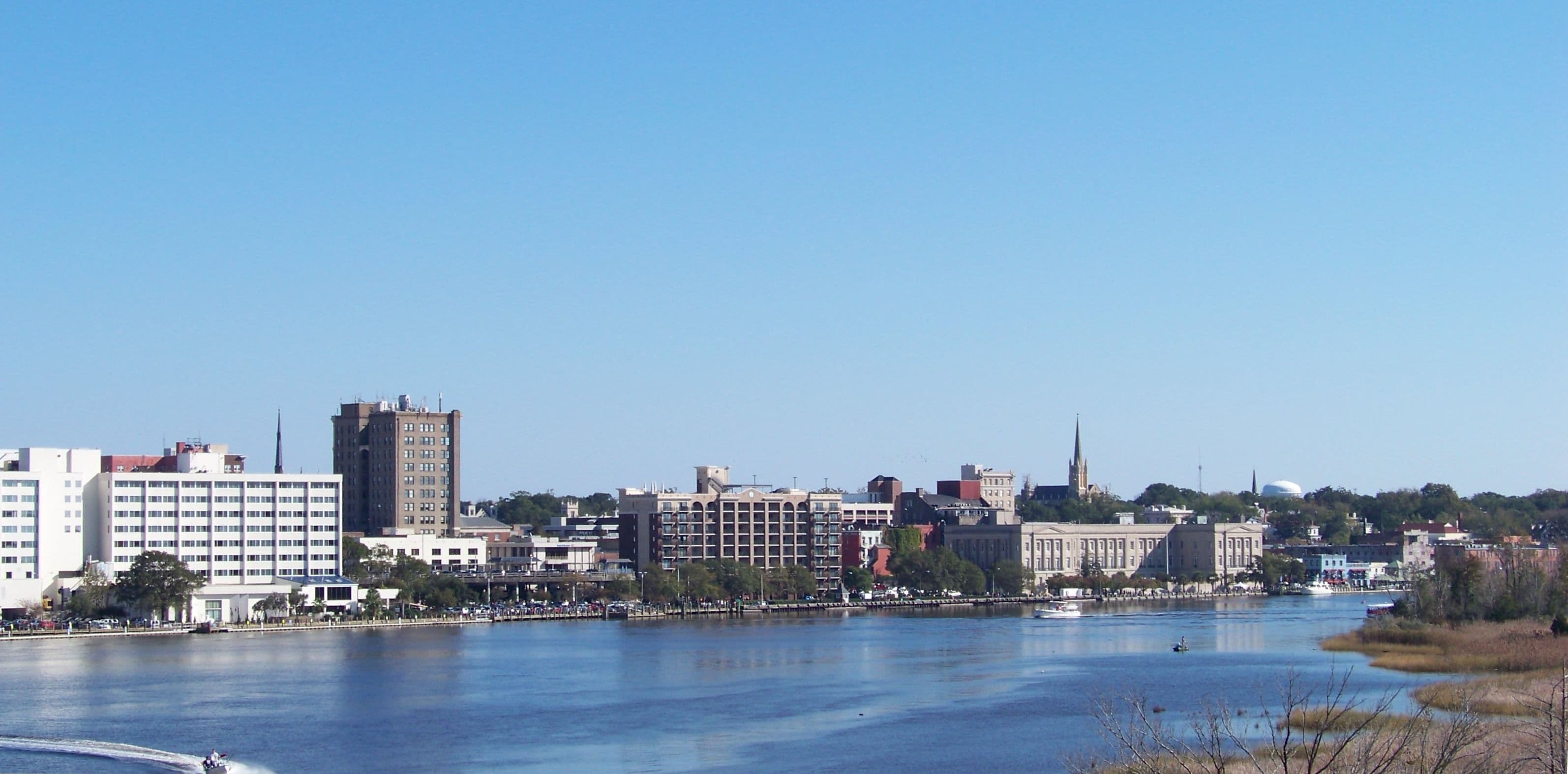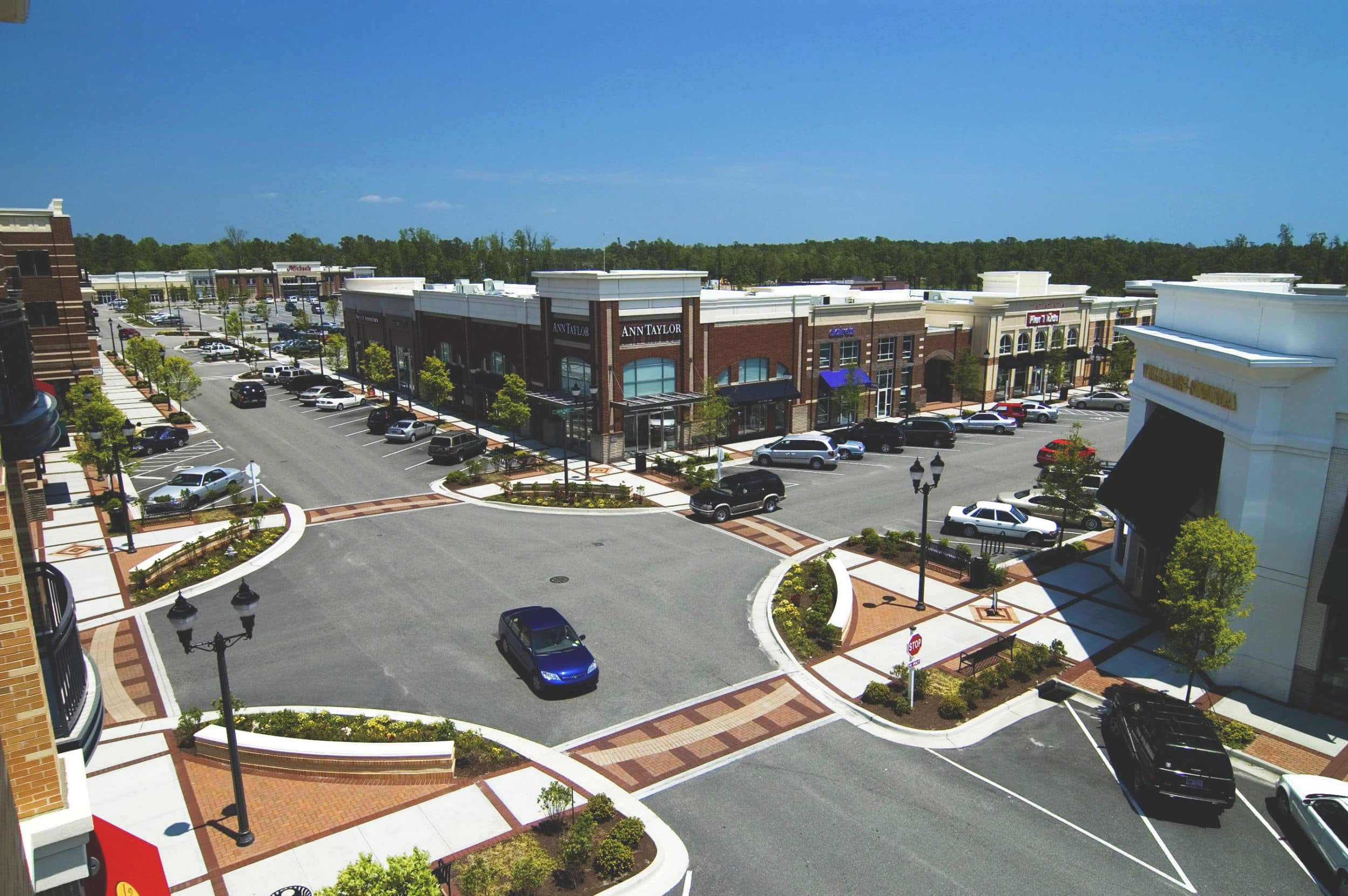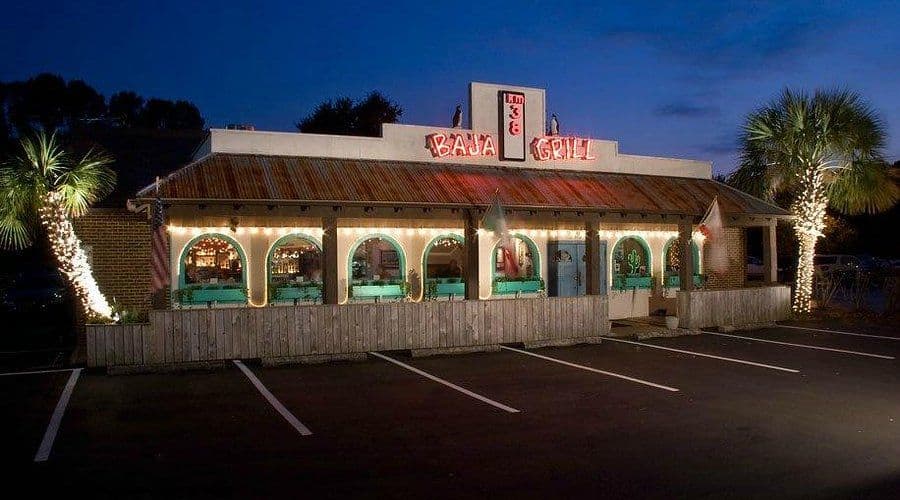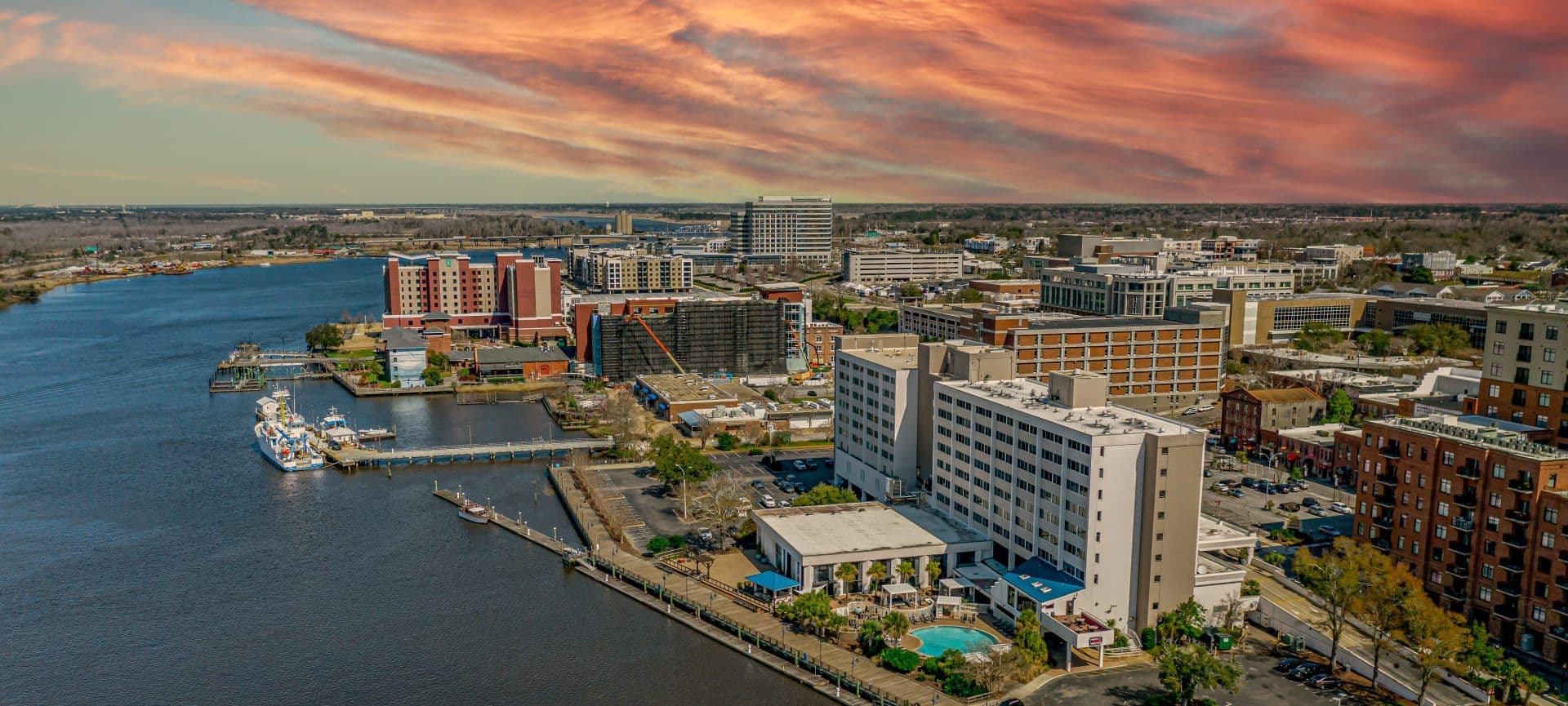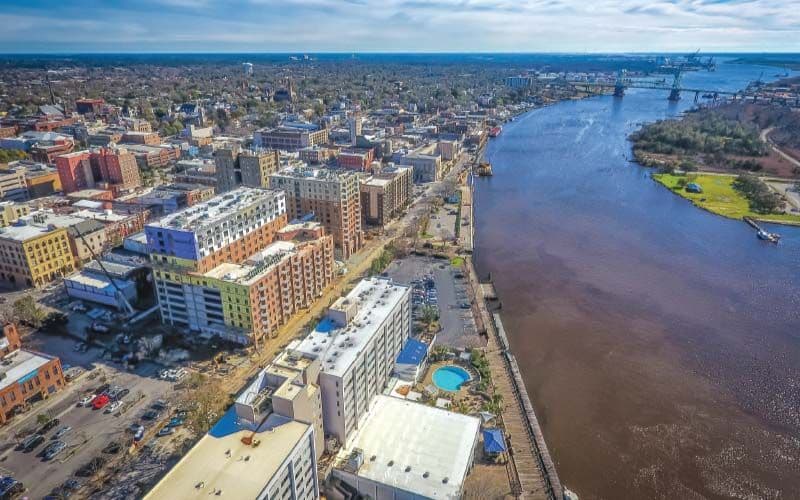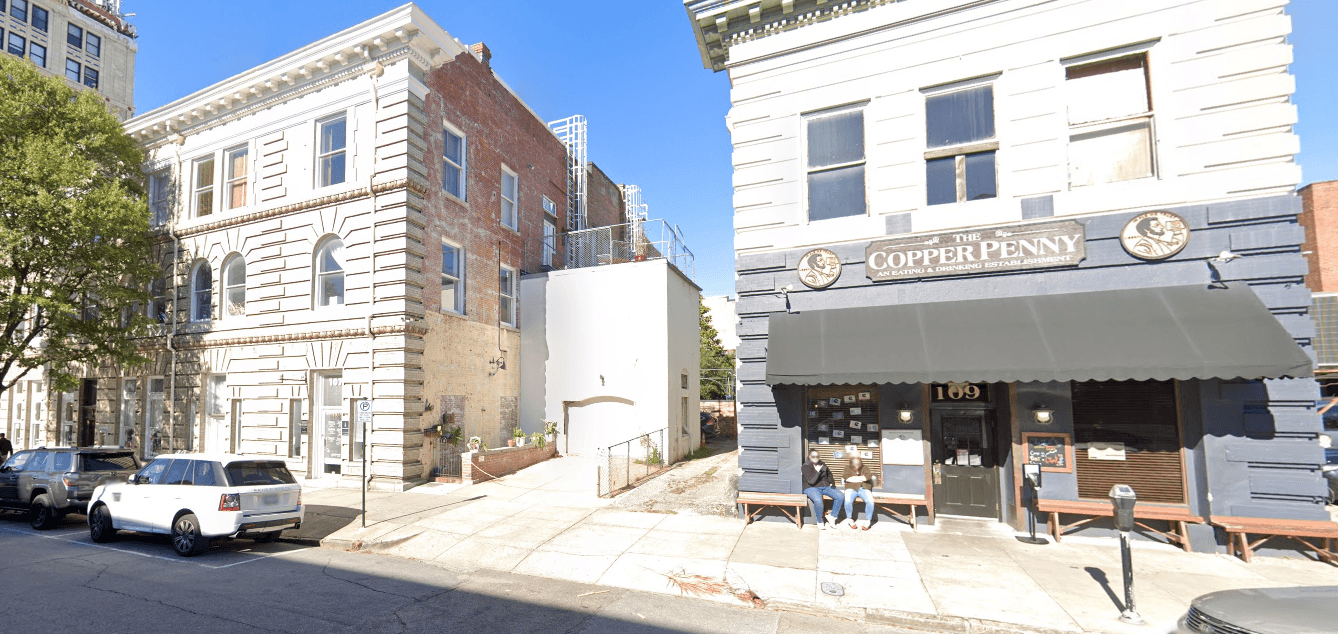Deep Dive - Wilmington’s Private-Led Boom to Record Growth, How It Happened.
Wilmington, NC is experiencing record growth—and it’s business leaders, not just policymakers, driving the momentum. Explore how private investment, industry leadership, and public-private collaboration are transforming the region into a Southeastern powerhouse.
Jul 27 2025
1 min read
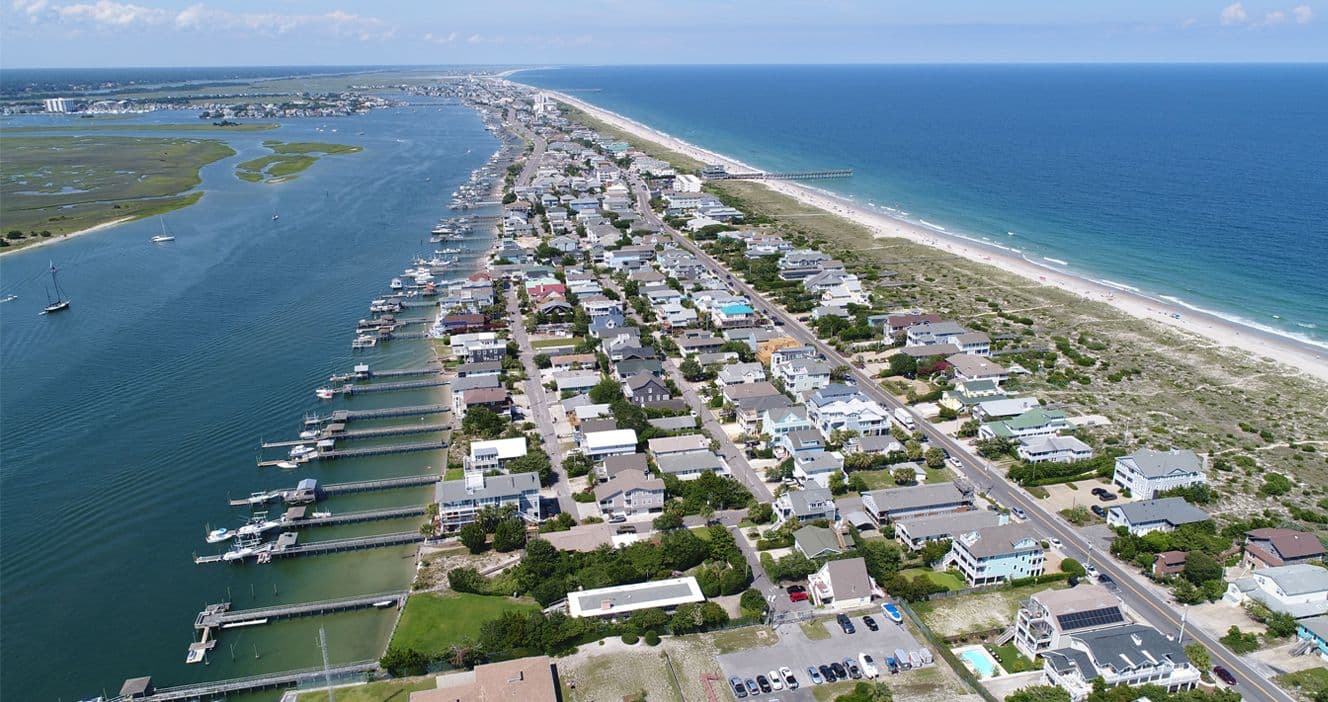
Wilmington, North Carolina is experiencing an economic and demographic boom that sets it apart as a rising star in the Southeast. Once a sleepy coastal town, the Wilmington region has transformed into a vibrant growth hub attracting new residents, businesses, and investments at an unprecedented pace. Local business leaders are taking on a proactive role in this expansion, positioning the private sector at the forefront of shaping Wilmington’s future.
This in-depth analysis examines the factors behind Wilmington’s surge – from impressive population growth and a hot real estate market to major corporate investments – and how the business community is leading initiatives to capitalize on opportunities while tackling the challenges that accompany rapid growth.
Wilmington on the Rise: Growth by the Numbers
Figure: Wilmington’s metropolitan population has climbed rapidly in recent years, growing from about 425,000 in 2020 to over 480,000 in 2024 – an increase of roughly 13%. This surge reflects robust net migration into the region, making it one of the fastest-growing areas in North Carolina.
By several measures, the Wilmington metro area’s growth has been exceptional. The region’s population reached approximately 480,000 in 2024, up from about 425,000 in 2020 – a ~13% jump in just four years. This makes greater Wilmington the fastest-growing metro in North Carolina, outpacing even the state’s larger cities in recent growth rates. In fact, neighboring Brunswick County’s population surged 22% from 2020 to 2024, the highest of any county in the state, with adjacent Pender County close behind. An influx of newcomers, including remote workers from the Northeast and retirees drawn to the area’s coastal appeal, has swelled the region’s ranks.
This population boom has translated into a robust local economy. Unemployment in the Wilmington area hovers around 3–4%, among the lowest of any North Carolina metro. In late 2024, Wilmington recorded a 3.0% jobless rate – the lowest of all NC metro areas at that time – indicating a tight labor market with strong job creation. The state as a whole provides a favorable backdrop: North Carolina has been ranked the No.1 state for business in recent years due to its pro-growth climate. Wilmington is leveraging that climate effectively, evident in rising employment and income levels.
Another indicator of prosperity is real estate demand. Wilmington’s housing market is on fire: the median home sale price now exceeds $400,000, roughly double what it was a decade ago. Prices have been driven up by high demand and limited supply, creating windfalls for sellers and challenges for local buyers. The luxury segment, in particular, is booming. While many U.S. housing markets have cooled, Wilmington’s luxury home sales are surging, fueled by cash buyers and scarce inventory. The area even notched a record-breaking $13.9 million home sale recently, underscoring the influx of affluent residents and investors snapping up high-end properties. Across the board, these figures paint a picture of a region on an upswing – growing fast, attracting capital, and gaining confidence.
Key Drivers: Industries and Investments Fueling Expansion
Behind Wilmington’s economic boom are a diverse set of industry drivers and big investments, many led by the private sector. The region’s economic base has evolved far beyond its historic roots, with major strides in finance, technology, manufacturing, and logistics. Several headline-grabbing expansions illustrate how businesses are betting on Wilmington:
- Fintech and Entrepreneurship: A prime example is Wilmington’s homegrown Live Oak Bank, which has become a national leader in small-business lending. Live Oak’s success has helped put Wilmington on the map as a financial technology hub. In 2022 the bank announced a major campus expansion with a $25 million investment, adding over 200 high-paying jobs to its Wilmington workforce. “Live Oak Bank truly embodies Wilmington’s entrepreneurial spirit,” noted New Hanover County officials, highlighting that the company’s growth has spawned fintech spinoffs like nCino and Apiture that remain in the area. By anchoring a fintech ecosystem, Live Oak and its affiliates are creating a cluster of technology talent and capital in Wilmington.
- Manufacturing and Clean Energy: Wilmington also boasts significant advanced manufacturing operations. GE Hitachi Nuclear Energy, for instance, has long had its global nuclear division headquartered in town. In late 2022, GE Hitachi unveiled an $85 million expansion plan to grow its New Hanover County facilities, driven by rising demand for carbon-free energy solutions. This expansion will add roughly 485 jobs over five years, a huge boost to the local workforce. Many of these positions are highly skilled, well-paying roles in engineering and technology. Local officials hailed the move, noting that Wilmington is “among the world’s leading names in nuclear energy” and that the company’s decision to grow here underscores the ready talent, infrastructure, and business-friendly leadership the area offers to major employers. The GE Hitachi investment not only bolsters the economy but also cements Wilmington’s reputation as a center for clean energy innovation.
- Logistics and the Port: The presence of the Port of Wilmington has been a catalyst for growth in trade and distribution. North Carolina’s ports agency has made significant upgrades to capacity and efficiency, and it’s paying off – the Port of Wilmington was recently ranked the most productive port in North America according to a global index of container ports. Private logistics firms are seizing the opportunity. In 2025, PortCity Logistics announced a new near-port distribution facility, investing $25 million in a 150,000 sq. ft. warehouse complex to serve port customers. The project will create about 75 new jobs and enable more seamless transfer of cargo from ship to trucks/trains, underscoring Wilmington’s growing role as a logistics hub. With the port deepening its harbor and adding intermodal rail links by 2026, even larger volumes of commerce will flow through Wilmington – a boon for industries ranging from manufacturing to agriculture across eastern NC. The port’s growth, combined with private-sector infrastructure like the PortCity facility, is integrating Wilmington more deeply into global supply chains.
- Real Estate and Construction: Wilmington’s development boom is perhaps most visible downtown, where historic buildings are being transformed into luxury mixed-use spaces to meet demand for modern offices, residences, and retail. Investors see opportunity in adaptive reuse projects that preserve the charm of downtown’s 300-block historic district while introducing new economic life. For example, developers are converting old warehouses and historic façades into upscale apartments, boutique hotels, and co-working spaces, creating vibrant live-work-play environments. This wave of private redevelopment is attracting equity capital and newcomers to downtown, aligning with the city’s broader revitalization plans. As one business publication noted, these projects offer “a rare entry for private investors” to participate in Wilmington’s urban resurgence. The construction crane count around the city underscores the level of investment pouring into real estate, from riverfront condominiums to suburban commercial parks. All of this development activity creates jobs in construction and design and expands the tax base, further fueling the economic engine.

These examples are just a snapshot of the broader growth story. Other sectors contributing to Wilmington’s rise include healthcare (bolstered by Novant Health’s regional expansion), education (with UNC Wilmington’s growing enrollment and research footprint), and film/television production (thanks to EUE/Screen Gems studios and state film incentives attracting projects to the area).
Moreover, the quality of life in Wilmington – from its beaches to cultural scene – has become a selling point that draws knowledge workers and entrepreneurs who could live anywhere. All told, a convergence of homegrown success stories, incoming firms, and favorable business conditions have created a virtuous cycle of investment.
The private sector’s confidence in Wilmington is evident from the millions of dollars being poured into new ventures and facilities. That confidence, in turn, signals to others that the region is open for business and ready to ascend further.
Private Leadership in Action: The Business Community Steps Up
One striking aspect of Wilmington’s boom is the hands-on leadership role that local businesses and private organizations are playing in shaping outcomes. Rather than relying solely on government, the business community has been proactive in addressing key issues and opportunities to ensure the city’s growth is sustainable and beneficial. This approach – akin to a consulting team tackling a challenge – has set Wilmington apart as a place where public-private collaboration thrives with a strong private-sector voice.
A notable example is how downtown business owners have organized to enhance public safety and quality of life in the city center. In July 2025, Wilmington Downtown, Inc. (WDI) – a nonprofit coalition of downtown merchants and property owners – formed a Downtown Community Watch & Safety Coalition as a business-led initiative to tackle crime and disorder in the Central Business District. This coalition brings together private stakeholders to improve communication and coordinate with law enforcement, effectively creating a unified front to keep downtown safe and welcoming. “Now more than ever, we need one unified voice and stance on public safety,” said WDI’s CEO, emphasizing that recent crime concerns require a joint effort to “protect our community and the future of our downtown” - wect.com.
The fact that businesses themselves spearheaded (and funded) added safety measures – from better lighting and security cameras to private security patrols – signals confidence in downtown’s prospects even as they confront challenges. It also shows a willingness of local entrepreneurs to invest beyond their individual enterprises, recognizing that the vitality of Wilmington’s urban core underpins the value of everyone’s property and business. This private-led safety initiative exemplifies how Wilmington’s business leaders are actively safeguarding the conditions for growth.
The spirit of private initiative is also evident in how local business associations and institutions are tackling broader community needs. For instance, the Wilmington Chamber of Commerce and business-backed groups like BASE (Business Alliance for a Sound Economy) have been vocal in policy discussions, advocating for infrastructure investments and sensible regulations to support continued growth. Business leaders have partnered with educational institutions to ensure the talent pipeline remains strong – a critical issue given the low unemployment and competition for skilled workers.
Tech entrepreneurs are mentoring UNCW students and sponsoring coding bootcamps; construction firms are working with Cape Fear Community College on workforce training programs.
Even the philanthropic sphere has seen business leadership: the New Hanover Community Endowment, a $1.25 billion foundation created from the sale of the county-owned hospital, is chaired and advised by prominent civic and business figures who are directing funds to long-term solutions in education, health, and economic inclusion. This unprecedented endowment offers a source of capital for transformational projects, and its strategic deployment is being guided by insights from both public and private sectors.
In short, Wilmington’s private sector isn’t just creating jobs and tax base – it’s taking ownership of the community’s direction. There is a palpable ethos of “if you want something done right, do it together.” By forming coalitions and working in tandem with government when needed, the business community has a seat at the table in shaping policies on development, zoning, and regional planning. The result is a collaborative model: entrepreneurs and executives working alongside officials and nonprofits to address issues like downtown safety, workforce development, and quality of life enhancements. This model improves the odds that Wilmington can solve problems creatively and continue thriving. It also helps brand the city as a place where the private sector and local government are aligned rather than at odds – a reassuring signal for outside investors or relocating companies that may be considering Wilmington.
Navigating Growth Challenges: A Balanced Approach
No boom comes without growing pains, and Wilmington’s rapid ascent has brought its share of challenges. The surge in population and development is straining certain aspects of infrastructure and testing the community’s ability to maintain its famed quality of life. Housing affordability, congestion, and environmental conservation have all become hot-button issues. Addressing these concerns is critical for the region to sustain its momentum. Here, again, the approach has been one of proactive planning and collaboration between public entities and business stakeholders – much like how a savvy consultant anticipates risks and mitigates them.
Housing affordability is perhaps the most pressing challenge. With home prices doubling in a decade and rents climbing, many local workers find it increasingly difficult to live in Wilmington. Over one-third of area households are now “cost-burdened,” spending over 30% of income on housing costs. Middle-income professionals – teachers, first responders, nurses – have been priced out of the city and must commute from farther counties. Local officials estimate 20,000 additional housing units will be needed to accommodate projected growth in the coming years. The response to this issue involves multiple strategies. Developers are proposing new mixed-income and higher-density projects, but often face resistance from existing residents concerned about density or changes to neighborhood character.
To overcome this, community leaders are emphasizing the need to encourage density and a variety of housing types in appropriate areas. Concentrating new development near existing infrastructure and commercial hubs is more efficient than unchecked sprawl, and it can provide diverse housing options (apartments, townhomes, etc.) near jobs and amenities. Wilmington’s planners are indeed urging more infill development and adaptive reuse of underutilized properties in the city. Additionally, steps are being taken to streamline zoning and permitting processes, as local government and businesses alike recognize that excessive regulatory hurdles drive up construction costs and slow the delivery of new housing.
By reducing red tape, the city hopes to create a predictable environment that encourages developers to build the housing and commercial space the region needs to thrive. In essence, the strategy is to increase supply through smart growth policies, thereby easing price pressures over time while preserving what residents love about their community.
Another challenge is infrastructure capacity. Decades of rapid growth have put pressure on roads, bridges, water and sewer systems, and schools. Traffic congestion is a common complaint as new subdivisions spring up in once-rural areas. In response, significant investments are underway: transportation projects are expanding major arteries and building bypasses to improve connectivity. The Wilmington International Airport (ILM) is completing upgrades and recently achieved a top ranking for seat capacity growth, reflecting expanded flight options to support business and tourism.
The NC Ports authority is deepening the Wilmington harbor and adding a new intermodal rail yard, which will not only increase port throughput but also reduce truck traffic on highways by moving more cargo by rail. Water and sewer infrastructure is being bolstered as well – the Cape Fear Public Utility Authority is investing in major wastewater treatment upgrades to expand capacity for decades of growth. These projects, many funded by public bonds and sometimes supplemented by private capital or state grants, are crucial for enabling the next wave of development. Local leaders stress the importance of efficiently completing voter-approved bond projects and fast-tracking critical upgrades to stay ahead of demand. From a business perspective, each infrastructure improvement – be it a new highway interchange or a faster broadband network – enhances the region’s resilience and attractiveness for investment. The ongoing efforts to expand infrastructure demonstrate foresight in balancing growth with livability, ensuring that Wilmington’s boom does not overwhelm its foundations.
Finally, preserving quality of life and the environment is an ever-present consideration. Wilmington’s charm lies in its coastal beauty, historic character, and community feel. Rapid development has sparked debates about overdevelopment and environmental impact, such as loss of wetlands and increasing flood risks in low-lying areas. There is a “larger debate on ‘overdevelopment’” unfolding, as longtime residents worry the area’s identity could be compromised. To address this, officials and civic groups are working to steer growth in a thoughtful way. The city’s new comprehensive plan (the Greater Downtown Plan, among others) emphasizes sustainable development, green space preservation, and resilience against hurricanes and climate effects. There are active efforts to acquire land for parks and to strengthen building codes for stormwater management so that growth doesn’t come at the expense of natural habitats and flood safety. Here too, the business community often lends support – many developers are taking advantage of historic preservation tax credits to renovate old structures instead of tearing down and building new, and some are incorporating environmental features to mitigate their projects’ impact.
Wilmington’s experience shows that economic development and environmental stewardship need not be zero-sum; with collaboration and smart policies, the region is striving to “balance development with the things that make our community special”. This balanced approach will be key to keeping Wilmington attractive in the long run, as today’s businesses increasingly prioritize communities that offer both growth potential and a high quality of life.
Conclusion: Sustaining Momentum Through Collaboration
Wilmington’s rise over the past few years has been nothing short of remarkable. From a consultant’s perspective, the region has effectively leveraged its strengths – strategic location, business-friendly climate, and private sector dynamism – to create an economic success story. The data tells part of the tale: double-digit population growth, surging home values, low unemployment, and expanding industry footprints all signal a community on an upward trajectory. But the deeper story is how private sector leadership and public-private collaboration have underpinned this boom. Wilmington has shown that when business leaders, government officials, and community members work in concert, they can achieve growth that is both rapid and robust.
The road ahead will require sustaining this collaborative ethos. As Wilmington continues to attract new people and ventures, it must keep investing in the foundations of growth – infrastructure, housing, education – to avoid bottlenecks. The challenges of affordability and capacity are real, but they are being met with solutions informed by local insight and supported by both policy and private initiative. By fostering a climate of innovation and openness, Wilmington stands to maintain its competitive edge. The region is already reaping the benefits of being known as a place that welcomes business: national rankings and corporate relocations affirm that southeastern North Carolina is now a hotspot for opportunity. To stand out further as a leading business destination, Wilmington will need to continue the hard work of balanced growth management – ensuring that prosperity is inclusive and quality of life remains high.
In conclusion, Wilmington’s emergence as a booming market is no accident. It has been driven by strategic investments, visionary leadership from the private sector, and a community willing to adapt and grow. This coastal city, once on the margins of economic trends, is now at the center of attention for investors and newcomers alike. By all indications, Wilmington is prepared to “balance its growth in 2025 and thrive for generations to come”, as one local business advocate put it. The key will be staying true to the collaborative, can-do spirit that got the region this far. If Wilmington continues to plan ahead, welcome innovation, and engage its business talent in solving problems, it is poised to remain on its impressive upward path – standing out as a city that not only knows what it’s talking about, but also knows how to get things done.
Sources:
- WilmingtonBiz - wilmingtonbiz.com
- Carolina Public Press - carolinapublicpress.org
- WECT News - wect.comwect.com
- Wilmington Business Development - wilmingtonbusinessdevelopment.com
- Wilmington News (WilmingtonNews.net) - wilmingtonnews.net;
- FRED Economic Data (U.S. Census) - fred.stlouisfed.org.

Daniel Price
Daniel Price brings a decade of experience advising developers and institutional investors on large-scale commercial real estate projects. Now based in Wilmington, he covers local business expansion, leasing trends, and the economics behind downtown redevelopment and land use shifts.
Related Posts
More stories from the same category
Mayfaire Town Center Adds Nurse‑Led Piercing Studio and Children’s Fashion Store
Private Capital Underwrites Wilmington’s Central District Safety Revival
Recent Posts
Stay up to date with our latest stories
Protocase and 45Drives Accelerate U.S. Growth with Major Wilmington Expansion
Mayfaire Town Center Adds Nurse‑Led Piercing Studio and Children’s Fashion Store

Subscribe to Newsletter
Provide your email to get email notification when we launch new products or publish new articles

